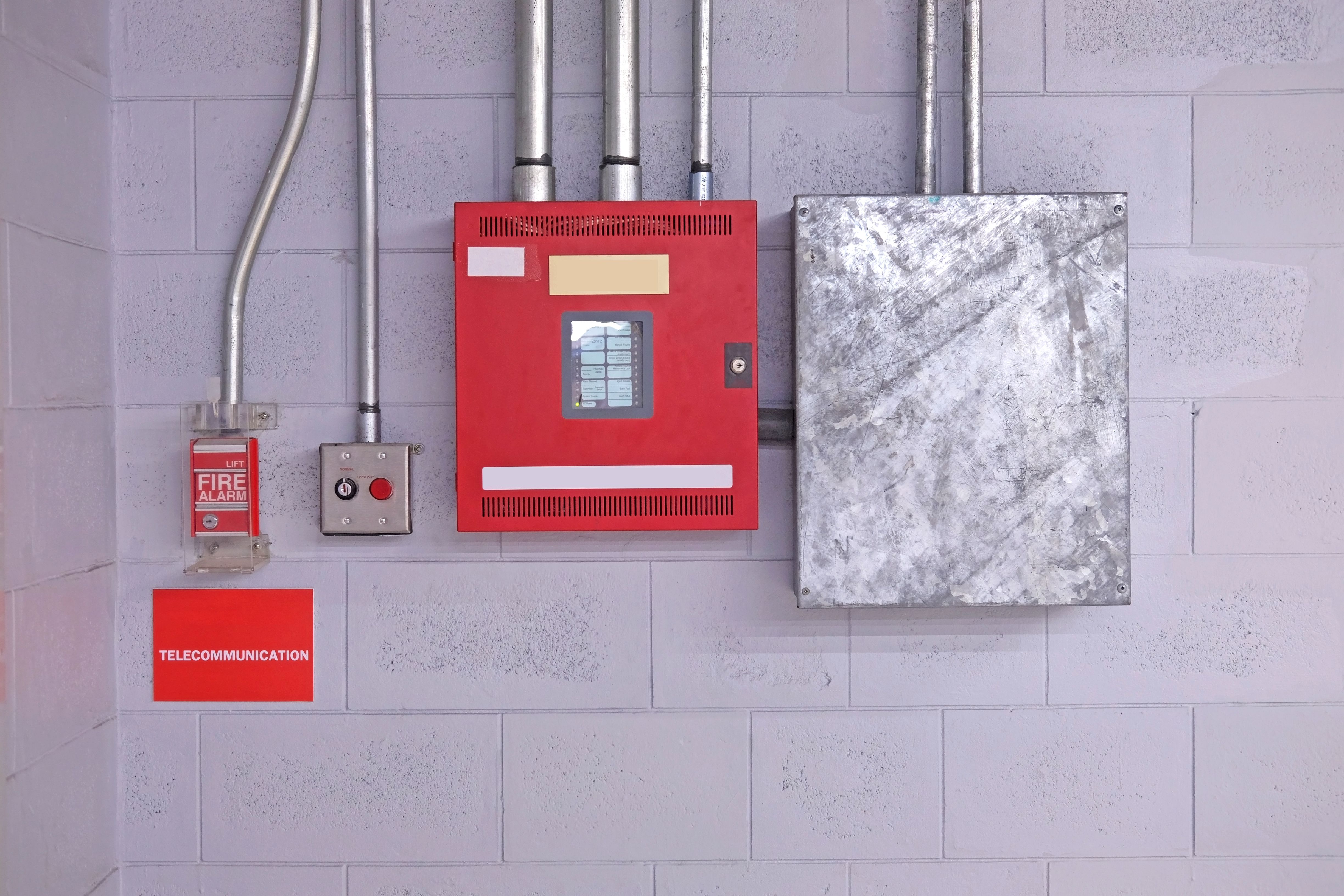Fire alarm cables are critical to building safety systems. Selecting the correct rating ensures compliance, reliability, and life safety under fire conditions.
What Is Fire Alarm Cable?
Fire alarm cables connect detectors, alarms, control panels, and notification devices. Because these systems must continue operating in emergencies, the cable’s insulation and jacket must resist flame and smoke propagation.
The Three Main Ratings
1. FPL (Power-Limited Fire Alarm Cable):
Designed for general fire alarm circuits not requiring special riser or plenum ratings. Ideal for single-floor installations and use within conduit.
2. FPLR (Riser-Rated):
Intended for vertical runs between floors, FPLR cable prevents flame spread up riser shafts. Common in multi-story buildings.
3. FPLP (Plenum-Rated):
Used in ducts or air-handling spaces. Made from low-smoke, low-toxicity materials that limit flame propagation and smoke density. Required by code in drop ceilings and raised floors used for air circulation.
Choosing the Right Rating
- Single-floor use: FPL
- Multi-story riser applications: FPLR
- Plenum or air-handling spaces: FPLP
Selecting the wrong cable can result in inspection failure or safety risk. When in doubt, consult code requirements (NEC Article 760).
Materials & Construction
Most fire alarm cables use solid copper conductors with PVC insulation and either a red or natural jacket for easy identification. Plenum cables often use fluoropolymer insulation to meet low-smoke standards.
Why It Matters
Using the correct fire alarm cable saves time, avoids rework, and ensures system integrity during emergencies. Imperial Wire & Cable provides UL-listed cables that meet the latest NEC standards for life-safety systems.
Expert Tip
Document the cable’s rating and manufacturer on project submittals to streamline code review and field verification.
